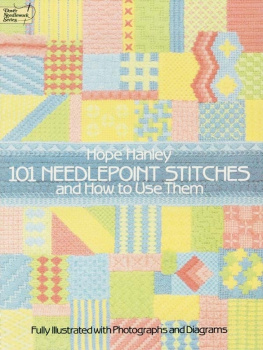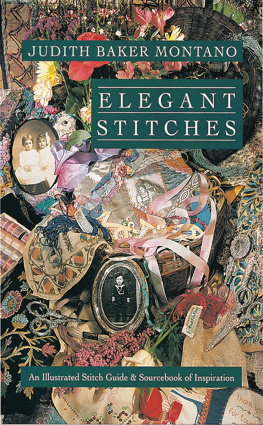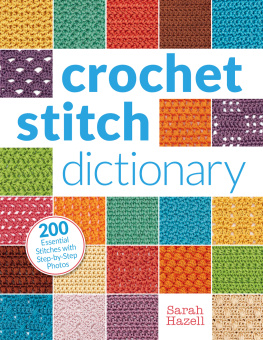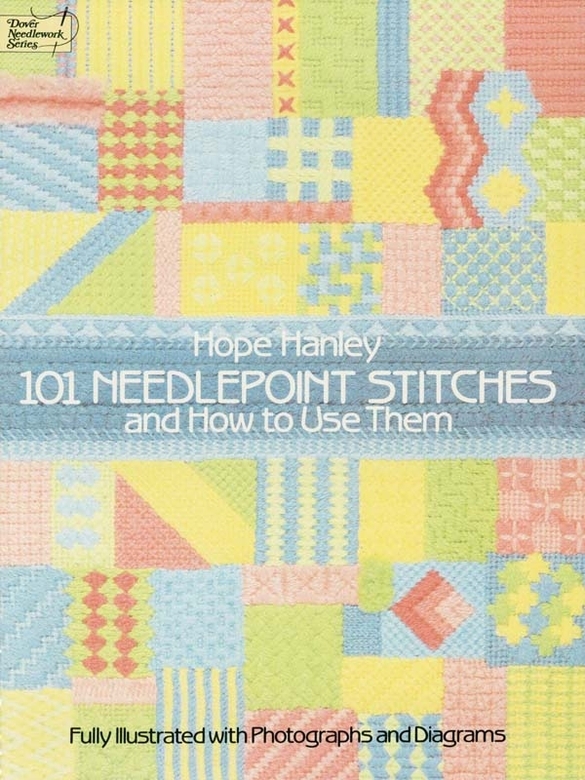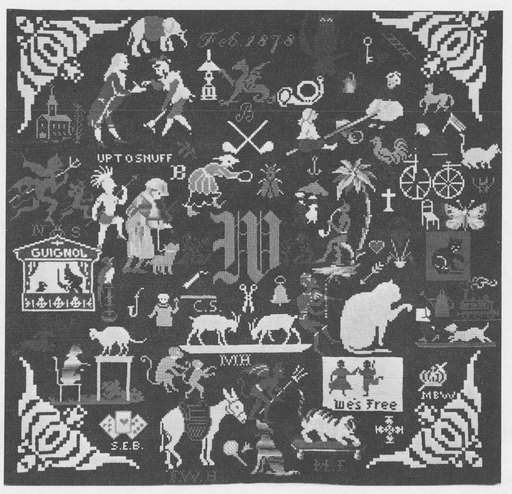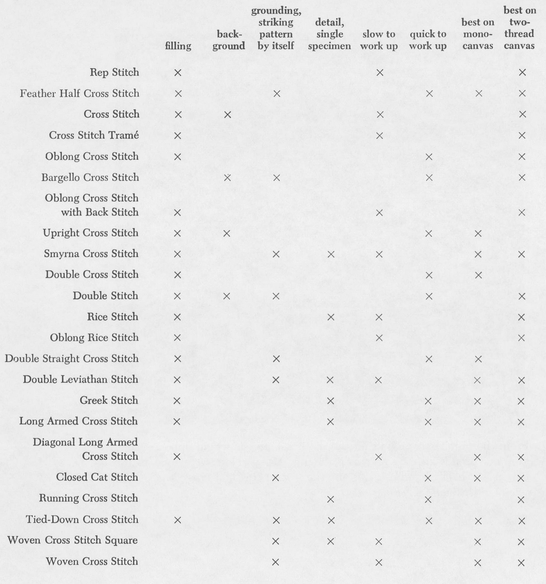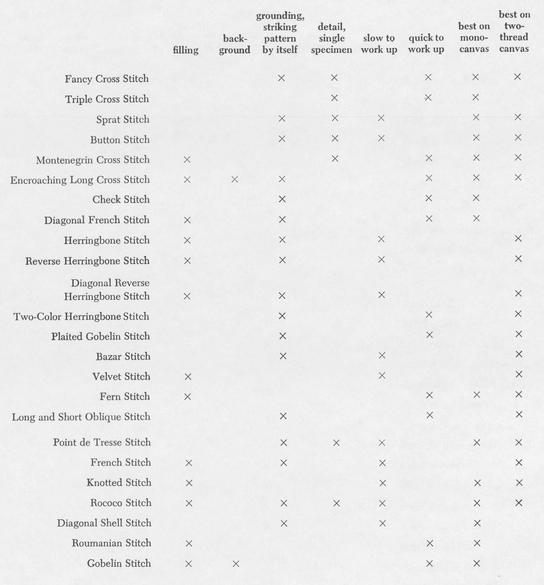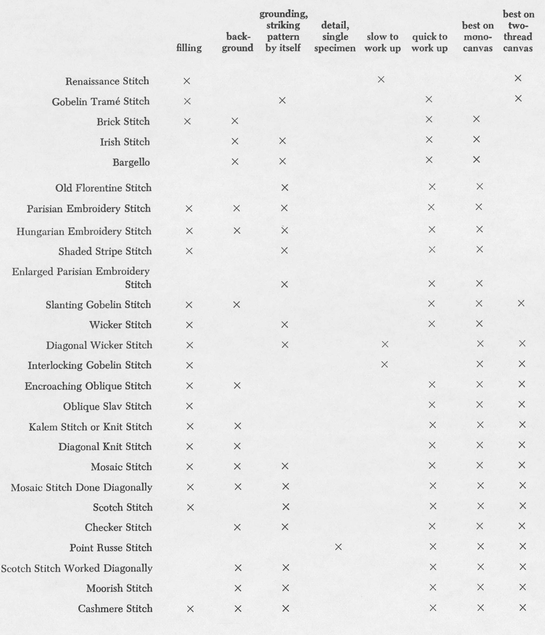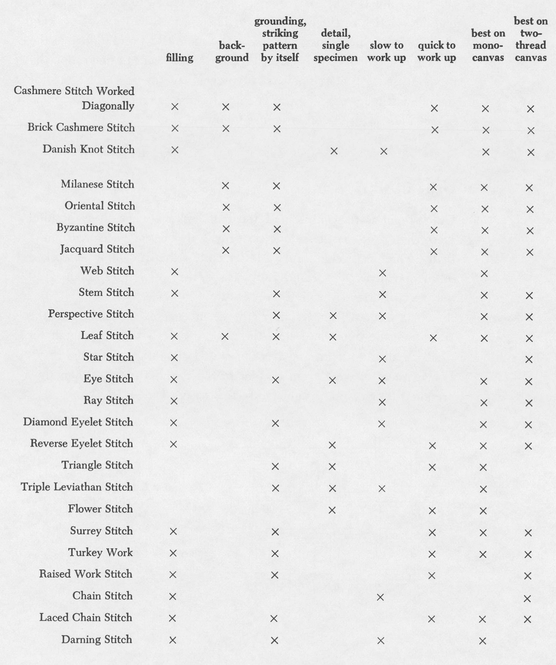Hope Hanley - 101 Needlepoint Stitches and How to Use Them: Fully Illustrated with Photographs and Diagrams
Here you can read online Hope Hanley - 101 Needlepoint Stitches and How to Use Them: Fully Illustrated with Photographs and Diagrams full text of the book (entire story) in english for free. Download pdf and epub, get meaning, cover and reviews about this ebook. year: 2012, publisher: Dover Publications, genre: Children. Description of the work, (preface) as well as reviews are available. Best literature library LitArk.com created for fans of good reading and offers a wide selection of genres:
Romance novel
Science fiction
Adventure
Detective
Science
History
Home and family
Prose
Art
Politics
Computer
Non-fiction
Religion
Business
Children
Humor
Choose a favorite category and find really read worthwhile books. Enjoy immersion in the world of imagination, feel the emotions of the characters or learn something new for yourself, make an fascinating discovery.
- Book:101 Needlepoint Stitches and How to Use Them: Fully Illustrated with Photographs and Diagrams
- Author:
- Publisher:Dover Publications
- Genre:
- Year:2012
- Rating:3 / 5
- Favourites:Add to favourites
- Your mark:
101 Needlepoint Stitches and How to Use Them: Fully Illustrated with Photographs and Diagrams: summary, description and annotation
We offer to read an annotation, description, summary or preface (depends on what the author of the book "101 Needlepoint Stitches and How to Use Them: Fully Illustrated with Photographs and Diagrams" wrote himself). If you haven't found the necessary information about the book — write in the comments, we will try to find it.
Tired of doing the same basic stitches over and over again? Noted designer Hope Hanley can help you bring new excitement and beauty to your needlepoint in more than a hundred different ways. In this practical, extremely well-organized guide she presents a treasury of 101 decorative stitches, with an easy-to-read chart and an actual-size photograph for each one.
Only stitches which adequately cover the canvas have been included in this versatile collection. In Tapestry no warp threads are allowed to show through, so why let canvas show in needlepoint? Enhance and individualize your needlepoint projects with expert advice on a host of exquisite stitches: rep stitch; fancy cross stitch; Renaissance stitch; cross stitch; Herringbone stitch; shaded stripe stitch; double stitch; mosaic stitch; French stitch; Greek stitch; velvet stitch; closed cat stitch; and scores more.
The author explains precisely where and how to make best use of each stitch (as a filling stitch in small areas, as a background or a grounding pattern), and tells whether each is slow or quick to work up and whether its best on mono or two-thread canvas. No stitch combinations have been included, just the fundamental stitch. Think up your own combinations there are hundreds of them!
Whether youre a beginner, intermediate, or advanced needleworker, give your needlepoint a vibrant new look with this modestly priced, indispensable reference work.
Hope Hanley: author's other books
Who wrote 101 Needlepoint Stitches and How to Use Them: Fully Illustrated with Photographs and Diagrams? Find out the surname, the name of the author of the book and a list of all author's works by series.

